Problem Statement
Senior leadership lacked a quick and effective way to assess the overall health of the contact center, while management faced challenges in efficiently performing routine monitoring tasks due to complex or inaccessible tools.
Challenges Identified
Through user interviews, I uncovered two key challenges faced by contact center leadership:
1. Limited Visibility for Upper Management: Despite having access to standard reports and dashboards, upper management expressed a desire for more hands-on insight into the day-to-day operations of the contact center. However, their demanding schedules made it difficult to engage beyond surface-level data.
2. Time Constraints for Agent Monitoring: Supervisors and managers are responsible for conducting weekly agent performance reviews, a critical component of maintaining service quality. We found that consistently making time for these reviews was a significant challenge, and they were highly receptive to solutions that could streamline this process.

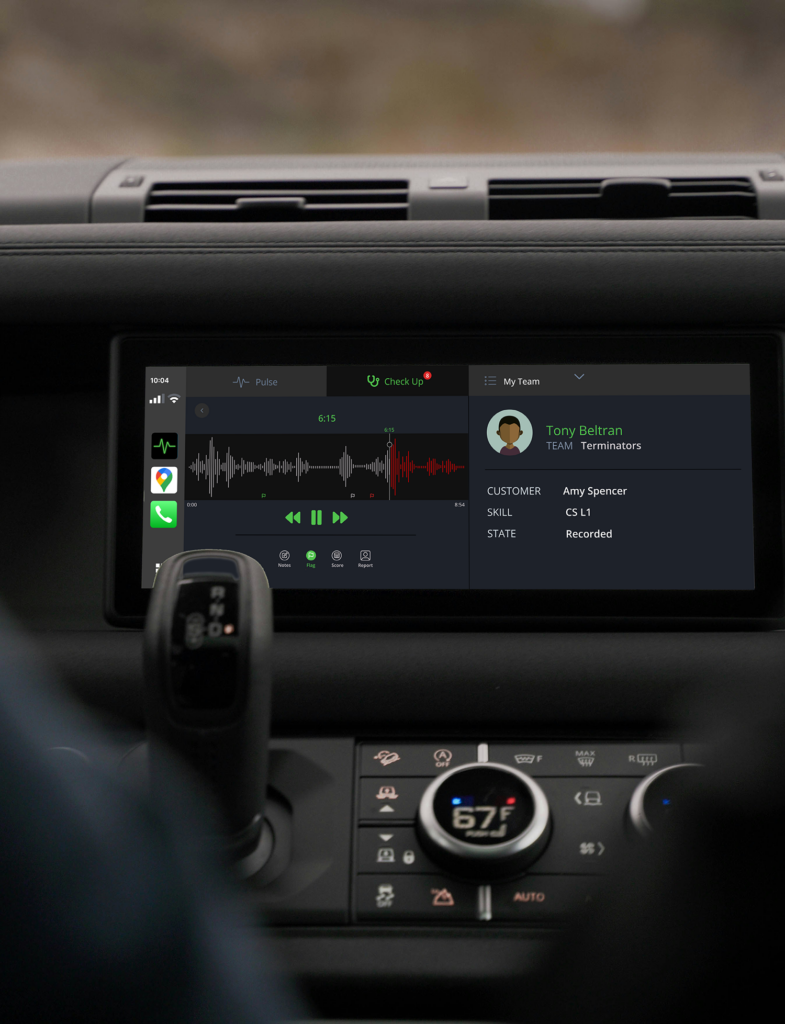
 Empathize
Empathize

 Define
Define Ideation
Ideation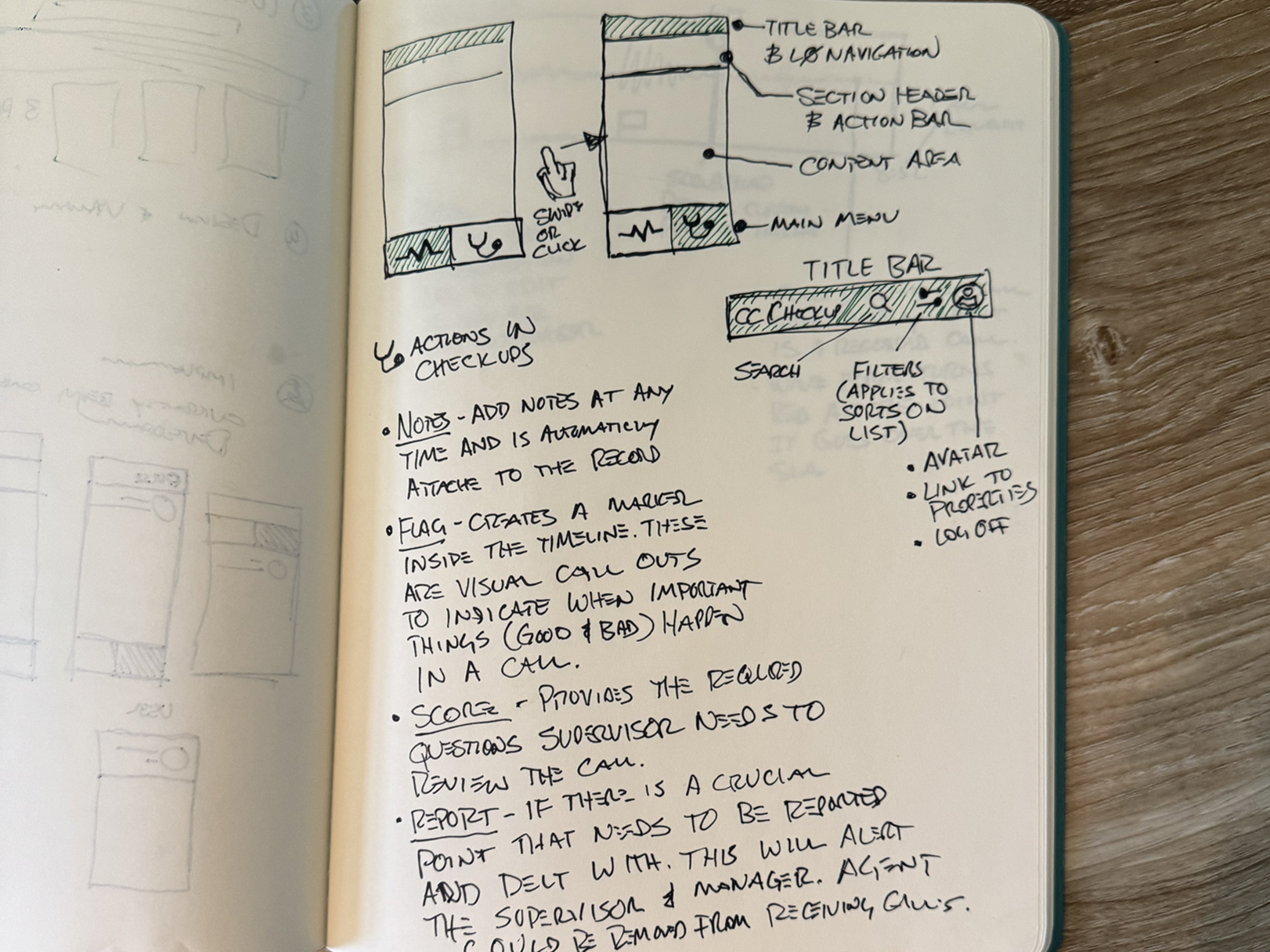
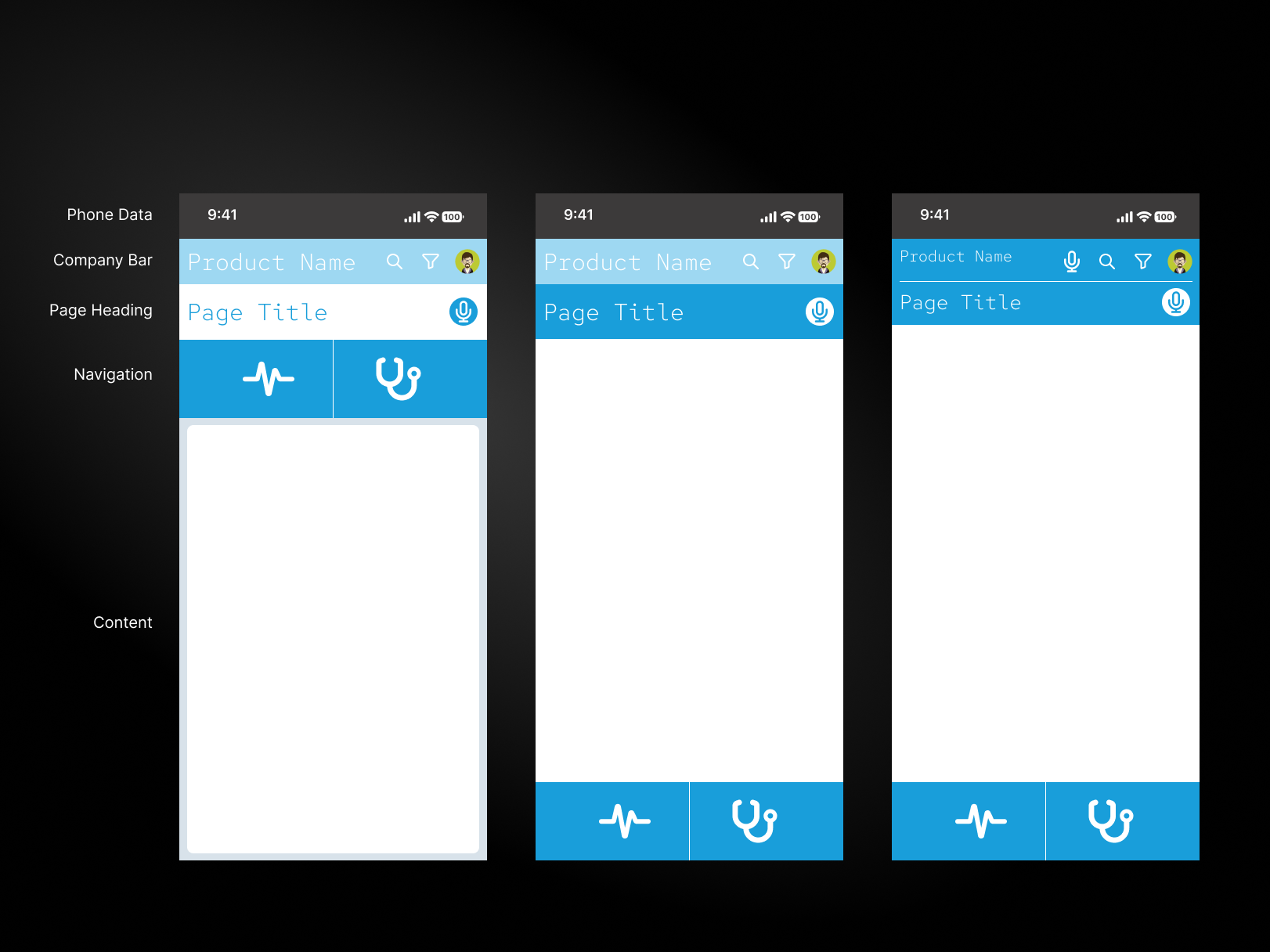
 Design
Design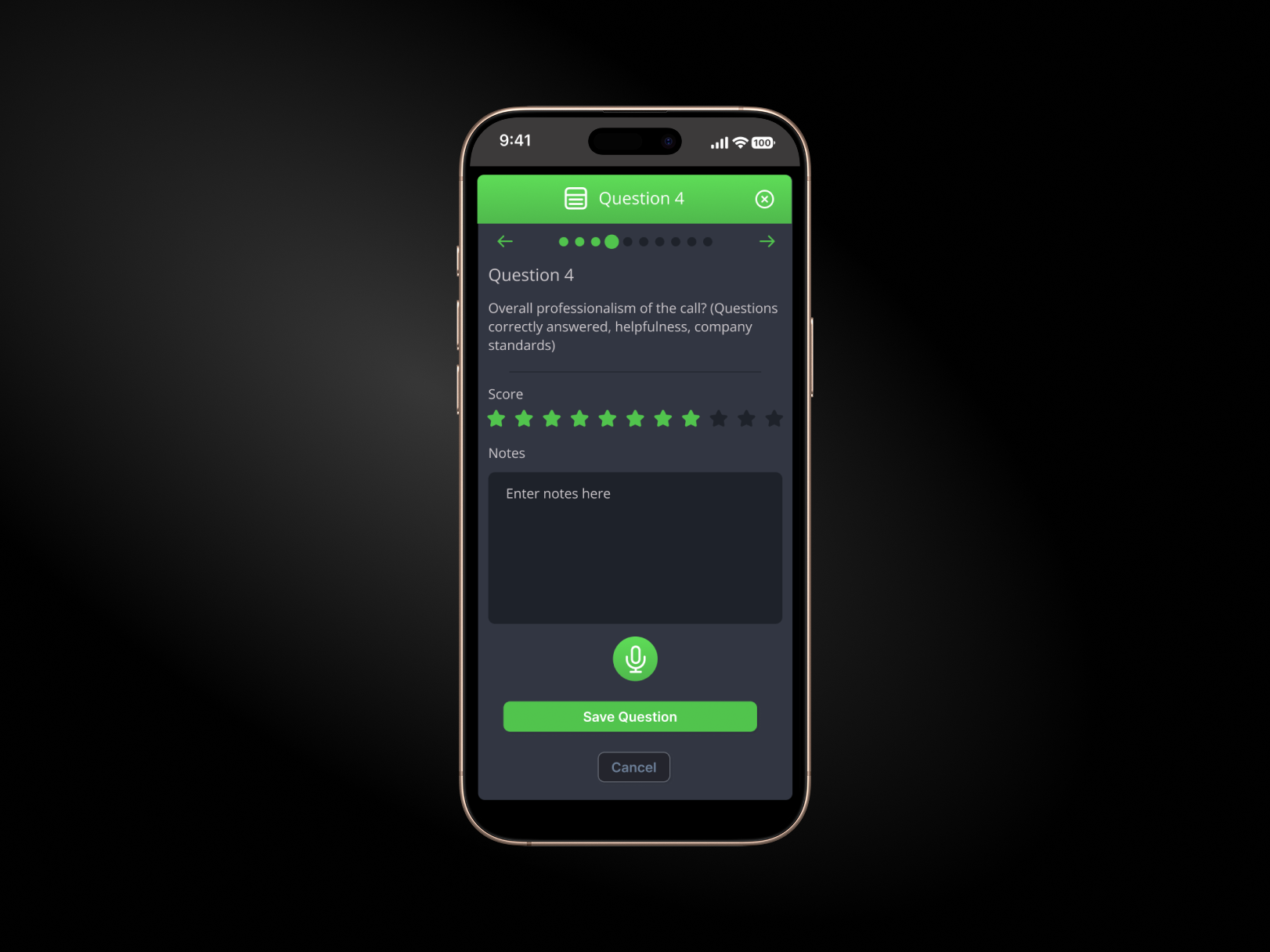
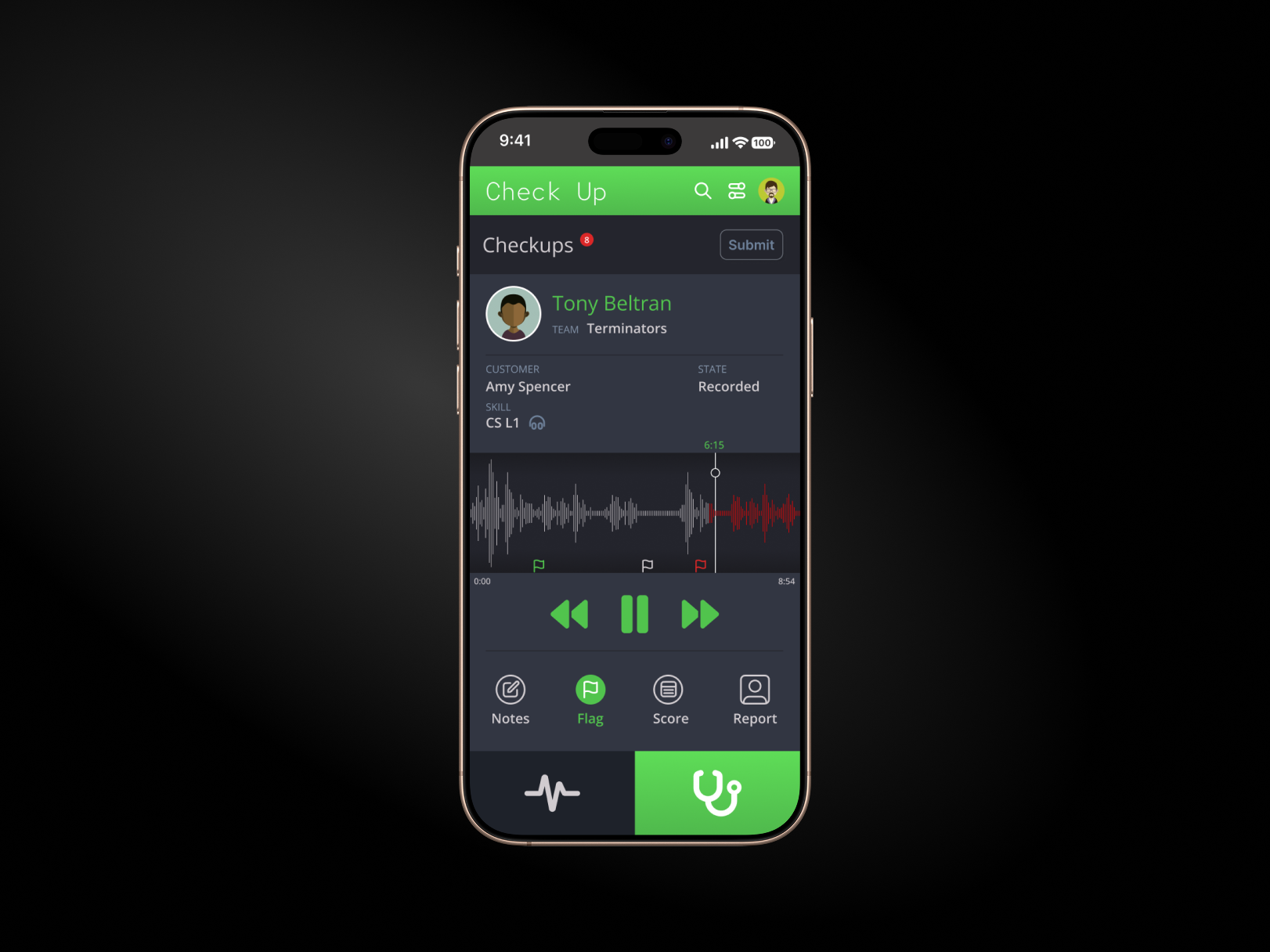
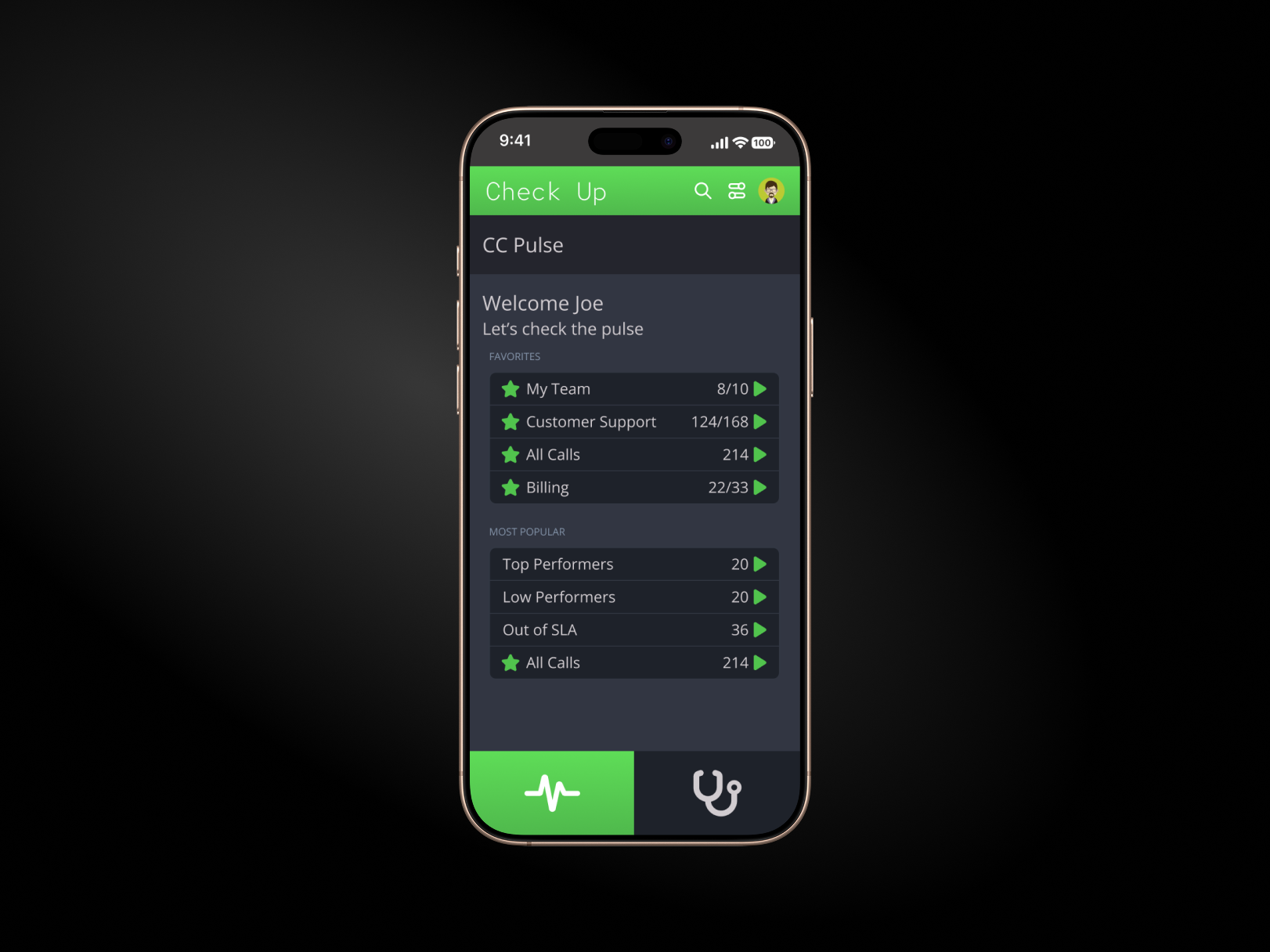
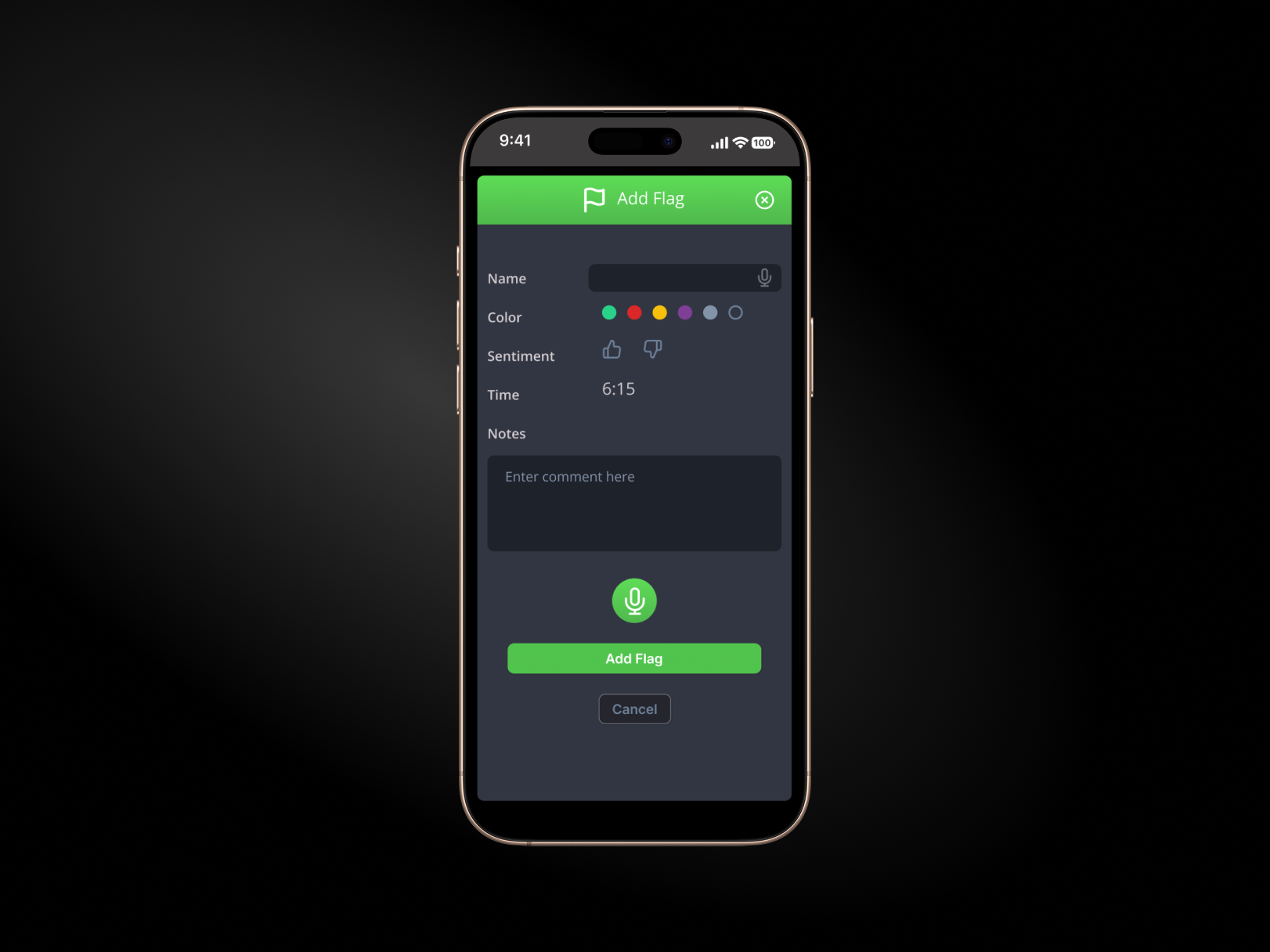
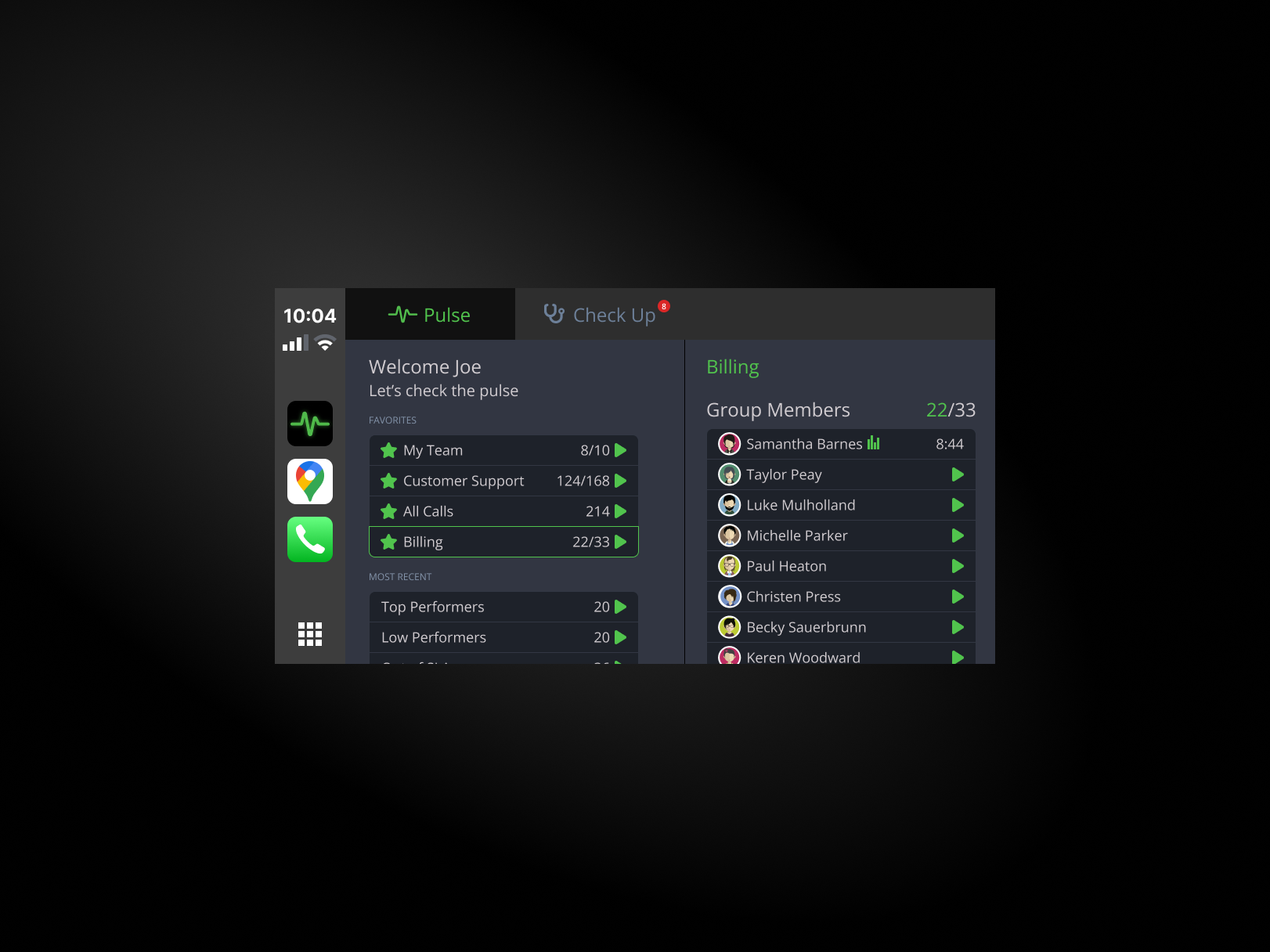
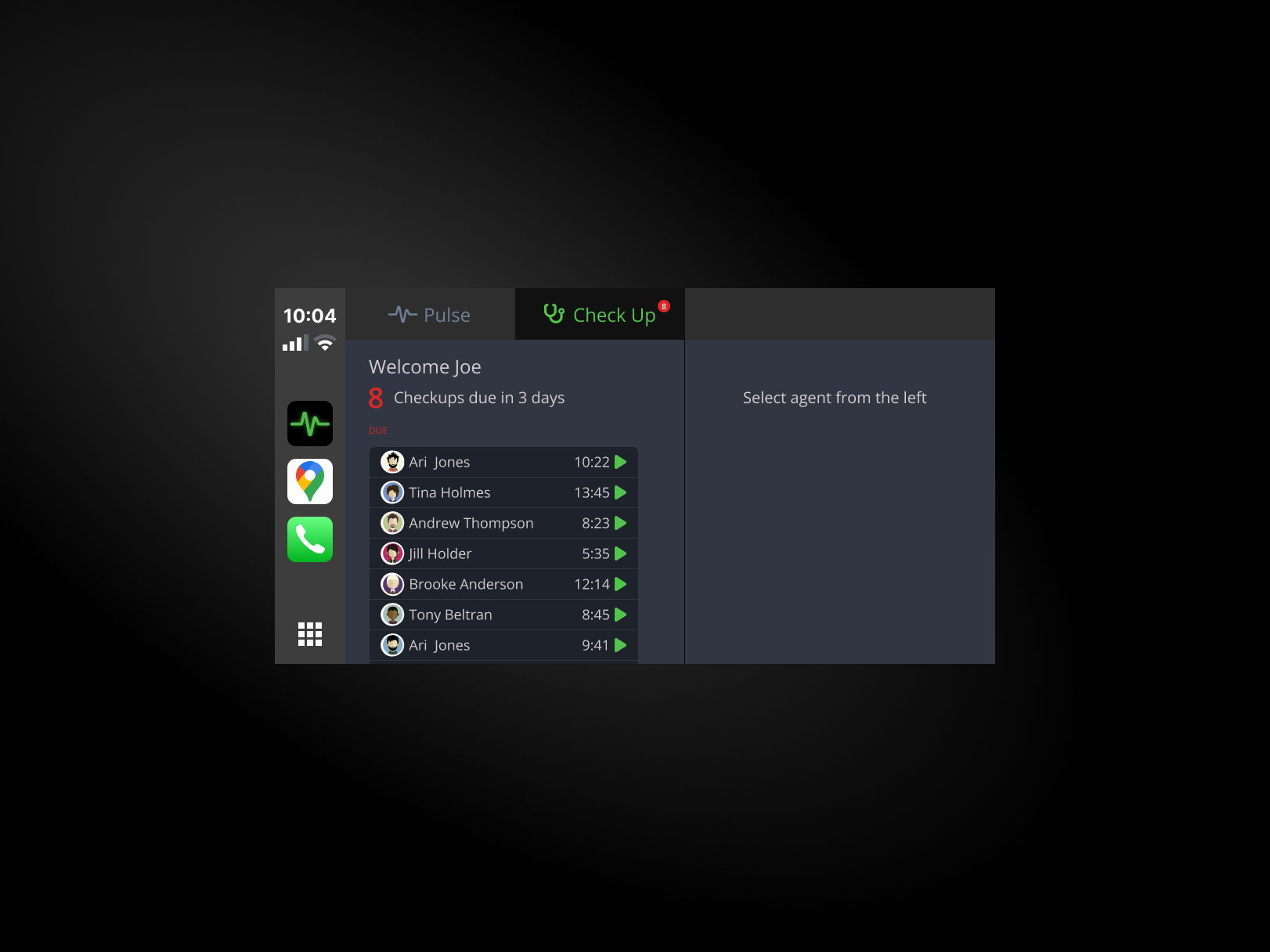
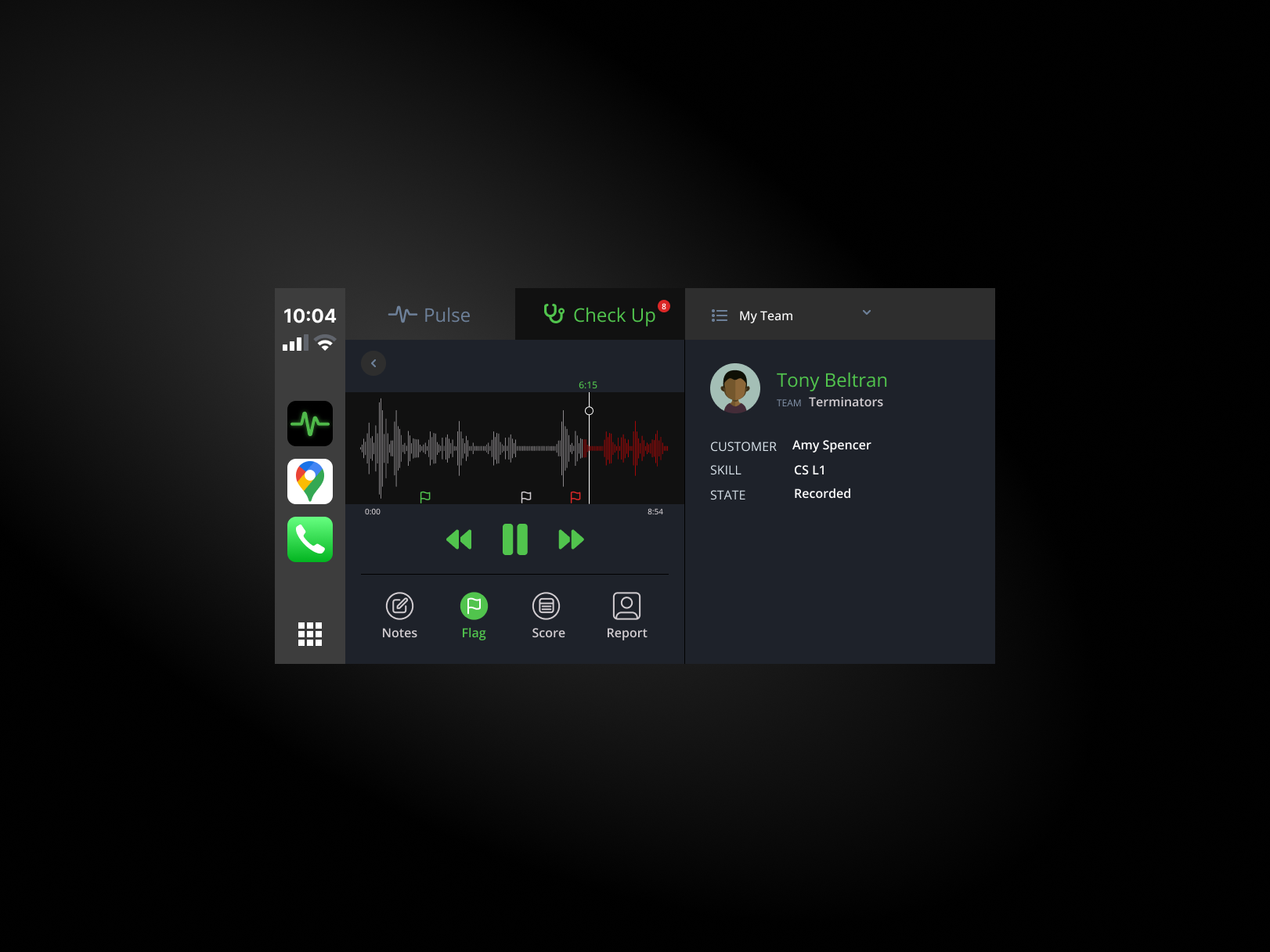
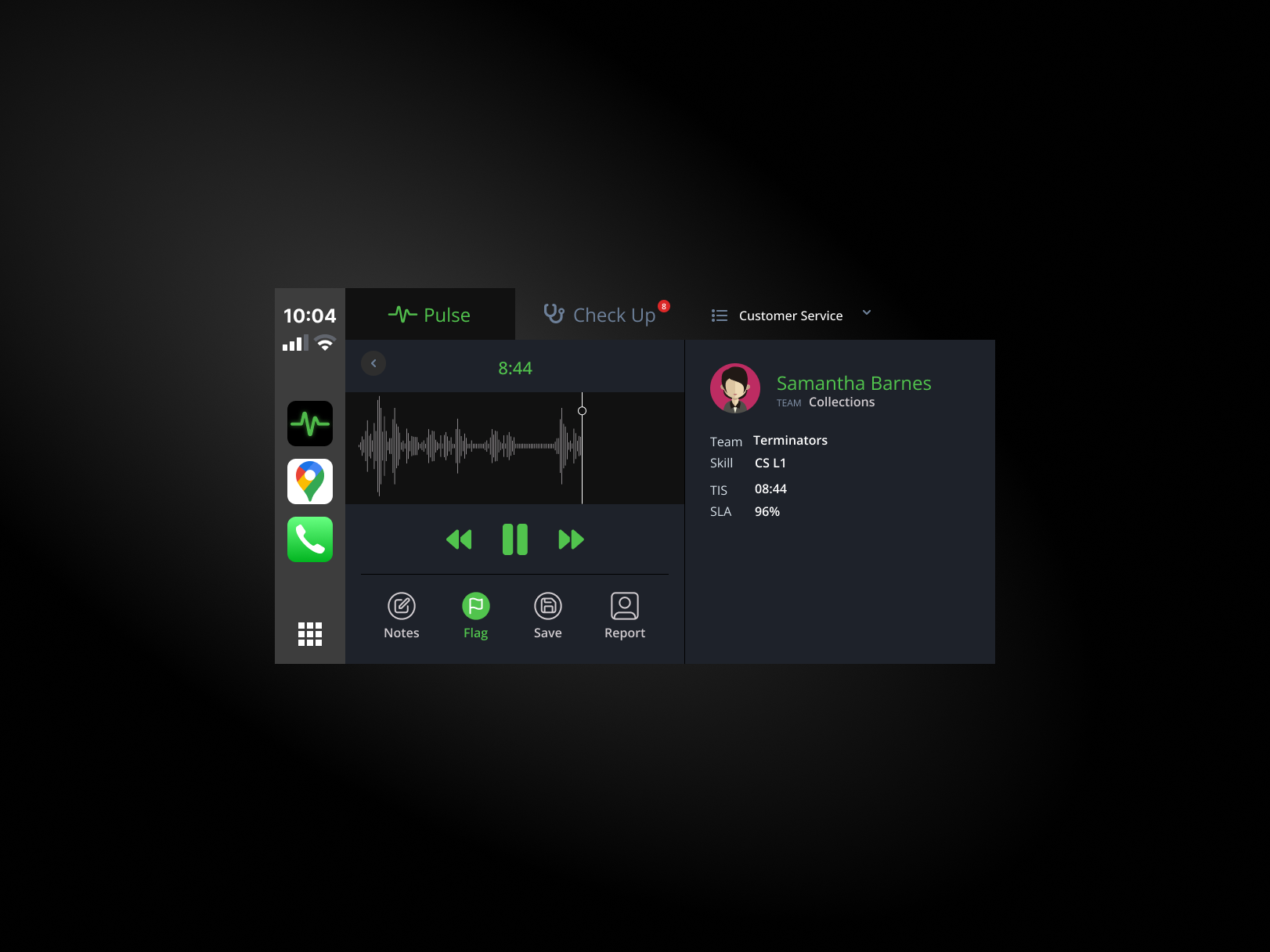
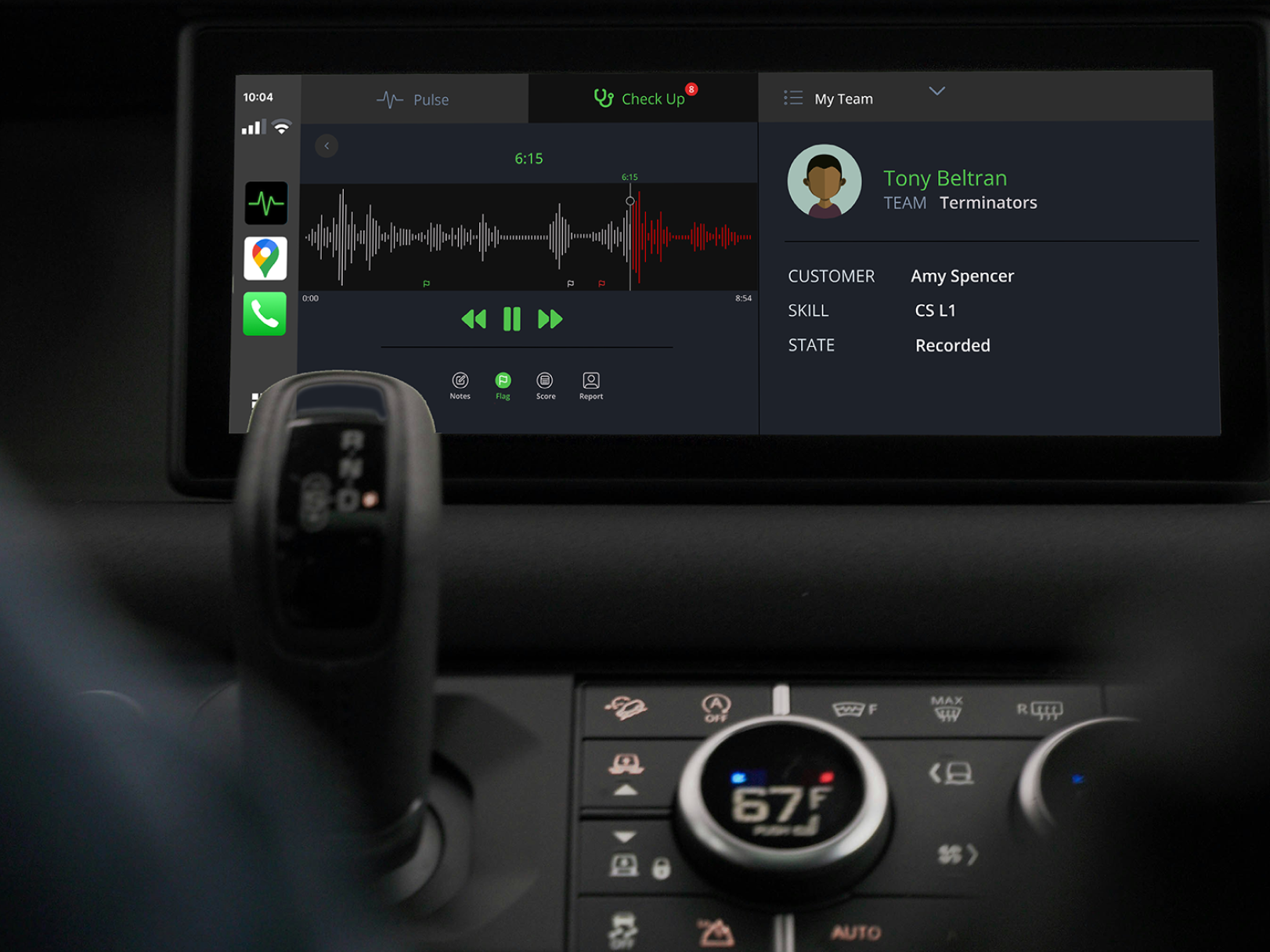
 Implementation
Implementation